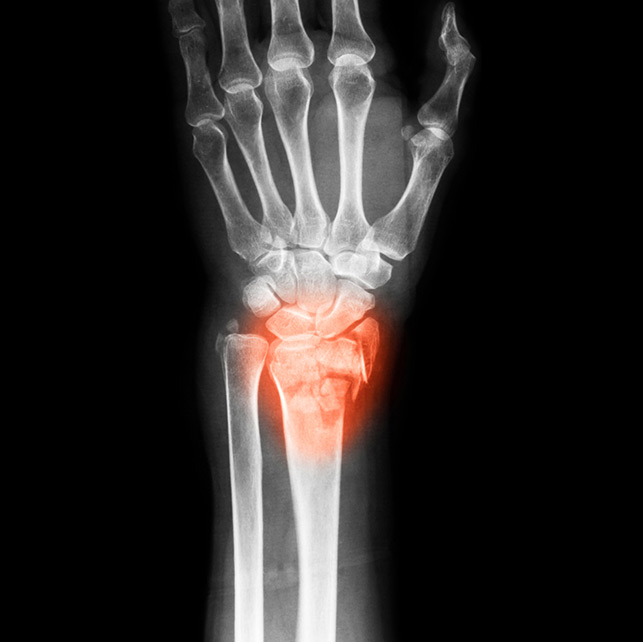
Wrist arthroscopy helps to diagnose the problems you are experiencing.
Arthroscopy of the wrist is a surgical procedure used to diagnose and treat injuries and damage to the joint. This procedure involves a small fiber optic camera that allows the orthopedic surgeon to see inside of the wrist without having to cut through the thick muscles and tissues. This procedure looks at:
- Eight small bones of the wrist
- Dozens of tendons, ligaments, and muscles
How Wrist Arthroscopy Works
During wrist arthroscopy, the orthopedic surgeon makes several small incisions through the skin and into the wrist around the problematic joint. The arthroscope is inserted through one of the small incisions. The images captured by the arthroscope are shown on a monitor inside of the operating room. These images are used by the operating team to guide the surgical instruments within the joint.
There are two types of wrist arthroscopy. Diagnostic arthroscopy is used if the surgeon is not sure about what is causing your wrist pain. It can also be used to find a cause of pain when conservative treatments have not relieved your discomfort. In a surgical repair arthroscopy, the surgeon makes repairs to the bones, tendons, or ligaments of your wrist. In most cases, you will only need regional anesthesia to numb the affected hand and arm. You might also be given a sedative to help you relax or take a nap during your procedure. When the surgery is complete, the incisions are stitched closed. You may be given a splint to wear for one to two weeks to aid in the healing process.
Conditions for Which Wrist Arthroscopy Is Used

Wrist arthroscopy is used to diagnose and treat chronic wrist pain. The procedure may be used to find areas of damaged cartilage, inflammation, or scar tissue. You may also have wrist arthroscopy to treat a wrist fracture. In some fractures, small bone fragments break off and float within the joint. The arthroscopic procedure can be used to remove those fragments. The surgeon can also repair fractured carpal bones by stabilizing them with pins, wires, or screws.
If you have a ganglion cyst, the wrist arthroscopy can be used to remove its stalk. Torn ligaments can be repaired through a wrist arthroscopy. If you have carpal tunnel syndrome, wrist arthroscopy is the method of choice for performing a carpal tunnel release.
Who Might Be a Candidate for Wrist Arthroscopy?
You may be a candidate for wrist arthroscopy if you have sustained an injury that has caused you to develop wrist pain. If your wrist starts to swell or make clicking sounds, wrist arthroscopy can be used to diagnose the problem. Patients with carpal tunnel syndrome, cysts of the wrist, bone spurs, calcium deposits, or fractures are also candidates for a wrist arthroscopy.
If your wrist has been damaged from an infection, osteoarthritis, or rheumatoid arthritis, an arthroscopy can be used to correct the problems that are causing the inflammation and realign your carpal bones into the proper positions.

on caring for specific orthopedic needs.
